Open Kinetic Chain Exercise
Open chain exercises (OKC) are a one type of exercise in which the distal part of the body such as the hand or foot is free to move. As compared to closed kinetic chain the body parts that away from the body is fixed. Both types of open and closedd kinetic chain exercises have their own benefits. The main benefits of an open kinetic chain (OKC) exercise is that it can isolate a particular muscle during strength training.
What is the kinetic chain?
The system of muscles, joints, and connective tissue known as the kinetic chain combines to create certain motions. Every action you make includes a kinetic chain because everything in your body is interconnected. As a result, changes in one sector may have an impact on others.
These additional segments might be found proximally—closer to the torso—or distally—further away from the body. Think about swinging a ball stick during a match, for instance. It’s not only your arm that’s moving. The action begins in your lower body to generate some force, travels through your midsection to stabilize your posture and permit rotation, and ends with motions in your upper body’s shoulder, elbow, and wrist joints.
The kinetic chain (also known as the kinematic chain) is a concept in engineering that is used to describe human movement. It is employed in a wide range of therapeutic settings, including musculoskeletal, sports medicine, neuro-rehabilitation, prosthetics, and orthotics. In 1875, mechanical engineer Franz Reuleaux proposed the notion. He advocated connecting rigid, overlapping segments with joints, resulting in a system in which movement at one joint caused or impacted movement at another joint in the kinetic link.
There are 2 types of kinetic chain exercise: (1) Open kinetic chain exercise and (2) Close kinetic chain exercise.
In this article, we will learn about open kinetic chain exercises.
What is an open kinetic chain movement?
The segment that is the farthest from the body, such as the foot, in an open kinetic chain, is free and not attached to anything which is an Open kinetic chain exercise(OKC). An open kinetic chain or a closed kinetic chain (CKC) can be used to describe human movement in the kinetic chain.
The ability to isolate a muscle is an open kinetic chain (OKC) exercise’s most significant benefit. Open chain practices are used to be favorable in restoration settings since they can be effortlessly controlled to target explicit specific muscles, more successfully than their closed chain, at various periods of constriction.
Characteristics of open kinetic chain exercise:
Increased distraction and rotational forces, increased deformation of joint and muscle mechanoreceptors, concentric acceleration and eccentric deceleration forces, and promotion of functional activity are all characteristics of open kinetic chain exercises. Such actions are typical of non-weight-bearing ones.
They typically differentiate by the movement of rotation at the main joint, however rolling and other kinds of movement may also occur a few times. One portion of the joint, the femur, stays fixed while the other segment, the tibia, is movable throughout the knee extension exercise. Only the muscles connected to a single joint are involved.
Open kinetic chain exercises are usually characterized by a rotational stress pattern in the joint. For example, during seated knee extension, the primary stress on the joint is the rotation of the proximal femur to the distal tibia, although other additional movements such as rotation and translation occur. Open kinetic chain movements occur on one main axis.
During a seated knee extension exercise, the movement occurs mainly in the sagittal plane. The number of segments moving simultaneously is usually limited to one. “During the knee extension exercise, one segment of the joint (or femur) stays stationary, at the same time another segment of the joint (i.e., the tibia) is mobile.”
Because of the stability of the immobile component (i.e. femur), it increases workout control. Because less muscular contraction is required to execute the movement, these workouts allow for greater isolated muscle activation.
In open kinetic chain exercises, the segment or distal side farthest from the body, usually an arm or leg, is free and not attached to an object.
In a closed loop, it is fixed or static.
Open kinetic chain exercises for muscle isolation
Although overall compound motions are more effective, you may at times desire to isolate a single muscle or a small group of muscles. Open kinetic chain exercises benefit in this situation. Bodybuilders frequently utilize isolation exercises to target certain body parts, such as biceps curls or triceps extensions to increase the size and shape of the arms.
Correcting muscular imbalances is an additional explanation for using isolated workouts. Injury or bad form might cause one area of strength to overpower another. Utilizing an open-chain exercise to specifically develop one muscle can occasionally be beneficial for improving technique and lowering the chance of injury.
Open chain for sports training:
Open chain exercises are a good way to train everyone who plays a sport. Exercises that mimic the motions used in your sport might be beneficial during training. Include some open chain movements that mimic throwing a ball or swinging a racquet if you play a sport that demands these actions. These can include lunges with an added core and arm rotation.
Open versus closed kinetic chain exercises:
OPEN KINETIC CHAIN: The segment that is the farthest from the body, such as the foot, in an open kinetic chain, is free and not attached to anything which is an Open kinetic chain exercise(OKC).
CLOSE KINETIC CHAIN: Exercises or motions known as closed kinetic chain (CKC) exercises or closed chain movements include fixing the distal end of the extremities to a stationary object.

Open and closed motions have an easy definition and difference, but the effects are a little more complicated.
Closed chain workouts often consist of complex motions like squats and lunges. These effective workouts engage a number of muscles simultaneously. They often resemble the movements individuals make every day and are also functional.
Open kinetic exercises are most often isolation moves. For instance, a leg curl vs a closed-arm deadlift. Open exercises typically use one joint and fewer muscles than closed exercises, however, there are few exceptions. The bench press is an exception to this rule since it uses multiple muscles as well as the shoulders, elbows, and back.
EXAMPLES:
OKC: Biceps curl, Bench press, Leg extension, Leg curl
CKC: Push-ups, Pulls-ups, Crunches, Lunges
The 2 main advantages of Open Kinetic Chain exercises over Closed Kinetic Chain exercises:
- Less stress on the lower back, nervous system, and body – Getting a training session in with a lesser load on the neurological system and body will nevertheless lead to increased energy and recovery. Strategically establishing this based on recovery potential and other demands outside strength training, such as sports training and everyday life needs, will allow for continuous growth.
- Greater isolation – Since most OKC exercises only engage one main joint, they isolate a particular muscle and weak link more. This allows and facilitates a greater local training effect and greater adaptation of specific fibers of the selected muscle. For the same reason, OKC exercises are very important in optimizing muscle balance.
Biomechanics of open kinetic chain exercise in different joints
Knee joint:
Understanding forces that happen around the knee joint is a must for the sports trainer. A biomechanical model of the lower extremities that quantifies two important forces at the knee joint was proposed by Palmitier et al. If not restrained by soft tissue restrictions, particularly the anterior cruciate ligament (ACL), shear stress in the posterior direction would cause the tibia to translate anteriorly. The second force is a compressive force applied along the tibia’s longitudinal axis. Exercises that include lifting weights tighten joints, improving joint stability.
The strength of the shear and compressive forces is affected by the resistive forces that are applied in various places. (A) Distally applied resistance. (B) Proximally applied resistance. (C) An axially applied resistive force. (D) The distal resistive force with hamstring constriction.
The shear and compressive forces would be at their highest in an open kinetic chain sitting knee-joint workout while a resistive force is applied to the distal tibia. Shear and compressive forces considerably decrease as a resistive force is applied closer to the object. The shear force is also lessened if the resistive force is delivered in a more axial direction. The shear force is reduced if hamstring contraction takes place.
A flexion moment is only produced at the knee in an open kinetic chain workout that involves sitting leg extensions and resistive force delivered to the distal tibia. The knee joint experiences the greatest amount of shear force as a result, negating the benefits of hamstring contraction. At 30 and 60 degrees of knee flexion, isometric open kinetic chain exercises produce stronger shear forces than closed kinetic chain activities.
Patellofemoral Joint:
It is necessary to take into account how different kinetic chain workouts affect the patellofemoral joint. When doing an open kinetic chain knee extension exercise, the strain in the quadriceps and patellar tendon rises as the knee extends from 90 degrees of flexion to full extension.
As a result, the patellofemoral joint reaction forces increase, reaching their maximum at a joint flexion angle of 36 degrees. The patellofemoral contact area decreases when the knee extends fully, increasing contact stress per unit area.
Foot and Ankle:
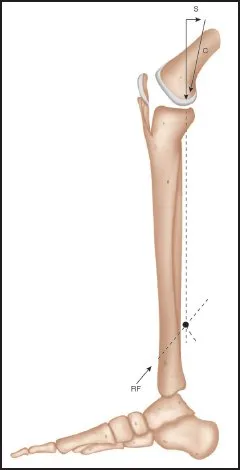
The foot serves two purposes during the weight-bearing phase of gait. When the foot is struck on the heel, it must first serve as a shock absorber for the impact or ground reaction forces before adapting to operate as a stiff lever to transfer the explosive force from the lower extremities to the ground.
Supination in an open kinetic chain consists of the plantar flexing and talus adducting as the calcaneus inverts.
Around the stabilized talus, the foot goes into adduction and plantar flexion. The electromyogram (EMG) activity of the vastus medialis or the vastus lateralis appears to be minimal or unaffected by changes in foot posture (i.e. pronation or supination).
Examples of open kinetic chain exercises:
Any exercise you can think of that involves moving the distal end of the body through space is an open chain.
- Triceps kickbacks and extensions
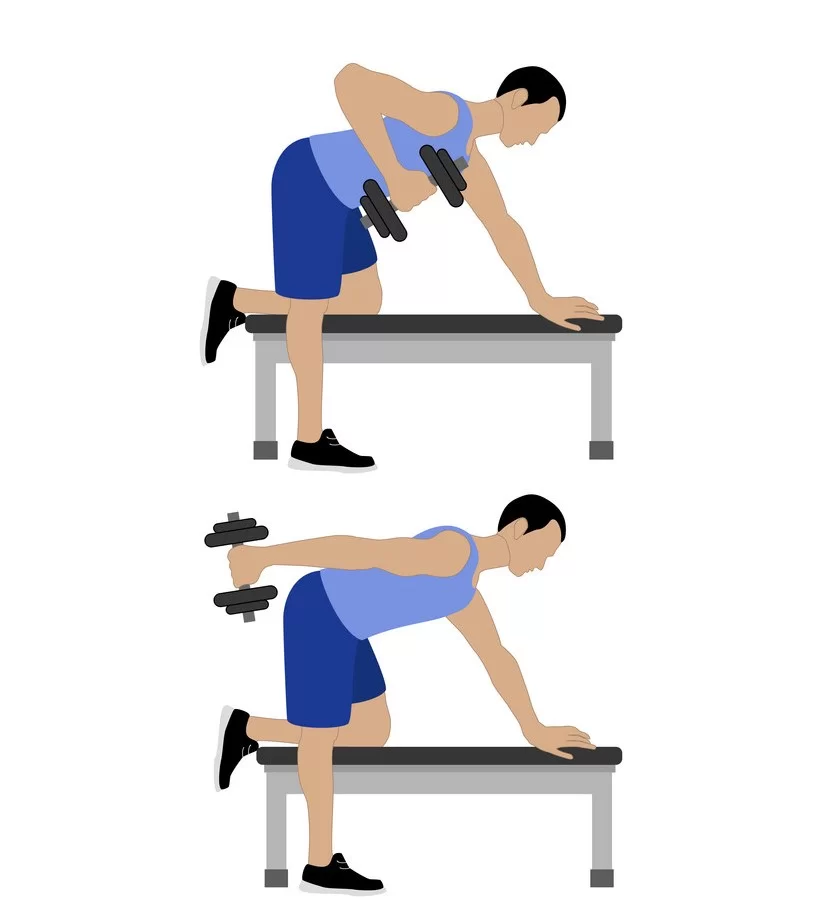

- Chest presses
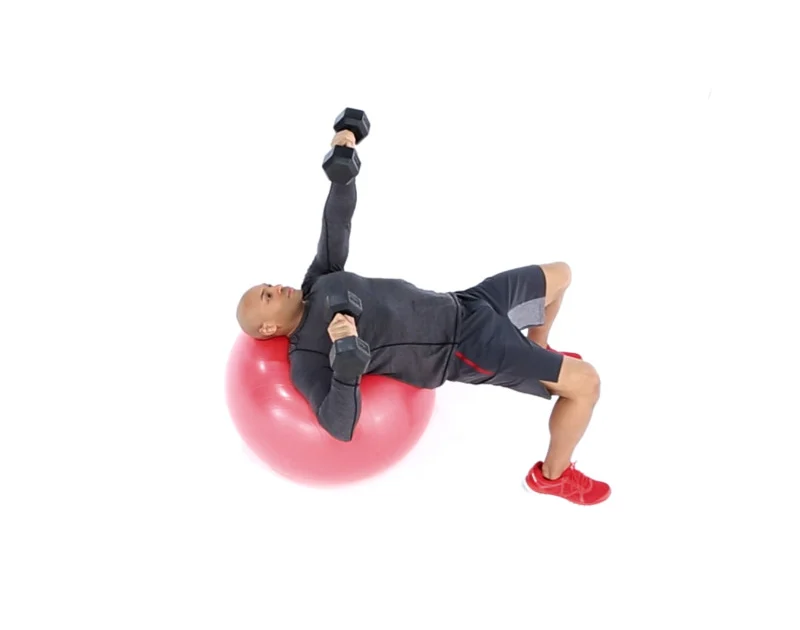
- Chest flyes
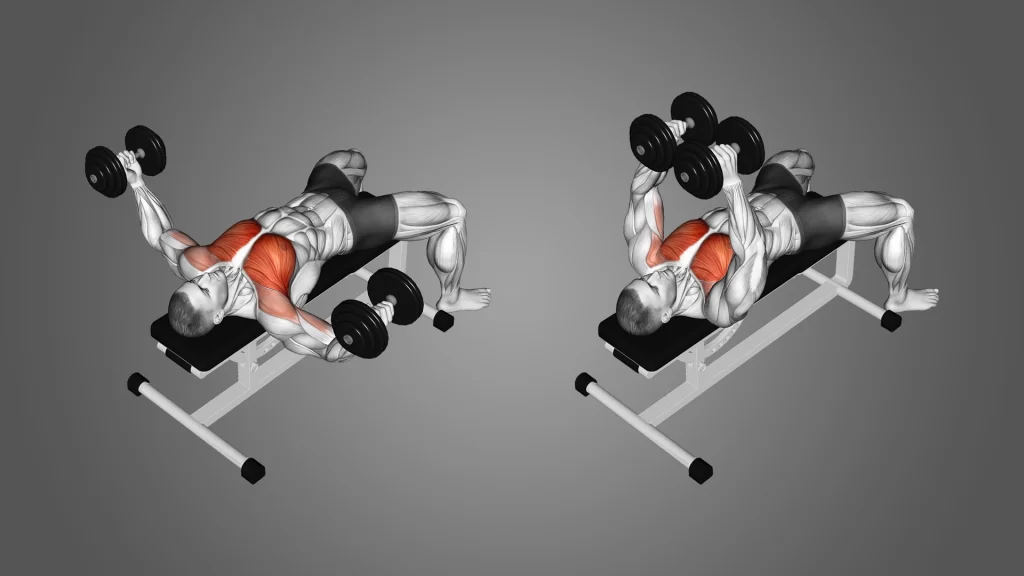
- Lat pull-downs
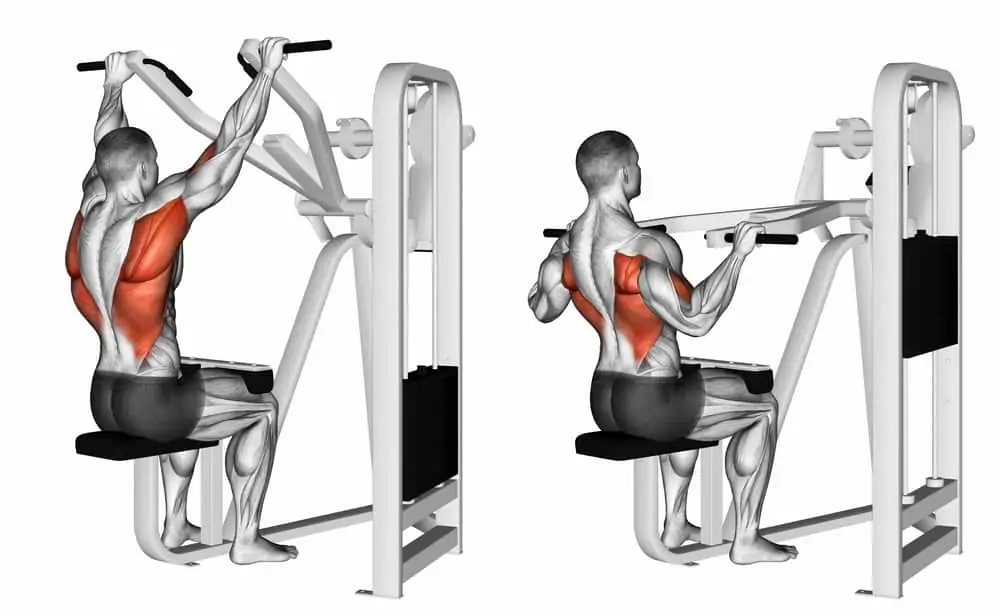
- Seated or bent over a row
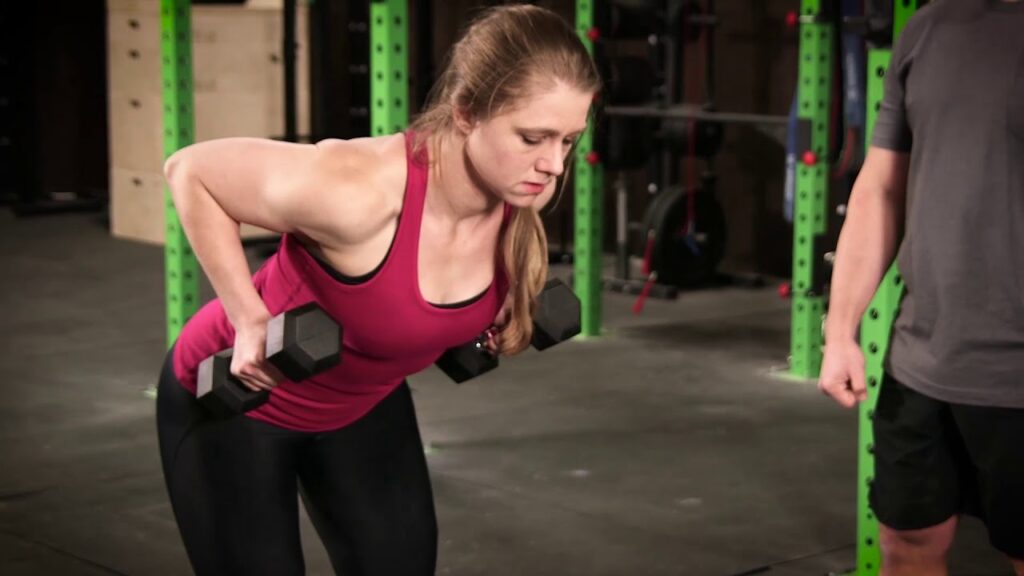
- Leg extension (knee extension)

- Leg curl (knee flexion)
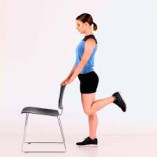
- Seated leg press

- Donkey kicks

Who can benefit from open kinetic-chain exercises?
The short answer: Everyone. Bad movement patterns can quickly grow in everyday activities as well as in sports. You can focus on particular muscles for particular actions by training using open-kinetic-chain workouts, which will also keep your movement steady. A good range of aligned motion helps prevent joint injuries.
Disadvantages of open kinetic chain exercise:
Open kinetic chain workout disadvantages:
It has been suggested that closed forces may provide less of a risk to healing structures than open kinetic chain activities from a biomechanical perspective. To provide joint stabilization during routine movements, the agonist and antagonist’s muscles must coactivate or co-contract. By decreasing the shear stresses occurring on the joint during closed kinetic chain training, co-contraction protects and repairs soft tissue structures that might otherwise be damaged by open chain activities. Additionally, carrying weight increases the compressive stresses at the joints, which improves joint stability.
Motion is often restricted to a single joint during activities with an open kinetic chain. Activities with an open kinetic chain may include workouts to increase strength or range of motion (ROM). They could use joint mobilization methods, neuromuscular facilitation (PNF), or some external resistance provided by an exercise machine. Exercises of the isolation kind often include contracting a particular muscle or a group of muscles, which normally results in single-plane and sometimes multiplanar movement. Isokinetic training and testing, which are often carried out in an open kinetic chain, can give helpful insight into the isolated joint’s capacity to generate torque.
Strong closed kinetic chain motions first require strong open kinetic chain motions.
Open chain exercises for Rehabilitation:
Open kinetic chain exercises are frequently used by physical therapists to help patients recover. Focusing on one joint is frequently necessary during recovery following an accident or surgery. Before progressing to more difficult motions, the patient can restore strength in a particular location using open chain, isolated exercises.
Advantages of open kinetic chain training:
- Increase the compressive forces of the joints
- Increases joint stability
- Reduce cutting forces
- Reduce acceleration forces
- Stimulation of proprioceptors
- Better dynamic stability
- Safer and less threatening forces
- Co-activation and contraction
- Functional and very sporty
With OKC exercises, you may target and isolate particular joints or muscles throughout the kinetic chain for bodybuilding and physique. This is ideal for developing a proportionate body, strengthening weak muscles, and getting ready individually to build stronger multi-joint muscles. These workouts frequently include just one joint. Examples include a sitting leg extension (free movement of the ankle joint) or an overhead dumbbell press (free movement of the wrists).
Summary
Exercises that use an open chain are ideal if you want to schedule your training properly. You may develop lean muscles and strength by combining both open and close-chain exercises in a well-planned kinetics training program. You may use these kinetic chain exercises to help with your everyday tasks and functional fitness. Furthermore, these exercises assist in stabilizing joints and improving body balance as part of physiotherapy. Bench presses, bicep curls, and seated leg extensions are some efficient open-chain exercises you may incorporate into your workout. Follow all safety precautions and keep perfect form when performing these exercises. You’ll get the best results possible without putting excessive strain on your joints or muscles.
FAQ
Purpose of open kinetic chain exercises?
An exercise that permits the distal part of the limb to move freely while the proximal part is stationary is known as an “open kinetic chain exercise”. The primary purpose of OKC is the isolation of particular muscle groups.
Is walking an open-chain exercise?
Exercises using an open chain provide mobility of the distal ends. Thus walking is a closed-chain exercise since walking involves moving your feet & is closed to the surfaces. It is also known as one of the best workouts for reducing weight.
Is swimming an open or closed-chain exercise?
Open-chain and closed-chain workouts are combined in swimming. Except at the beginning and finish, all of its movements are open chains.
What is an example of an open-chain exercise?
An open chain exercise is one in which the chain’s furthest point is permitted to move freely. For example, an open-chain exercise might be taking up a glass of water, for instance. Because the hand is not fixed in position, it has an impact on the elbow and shoulder. Your entire body is not affected, though.

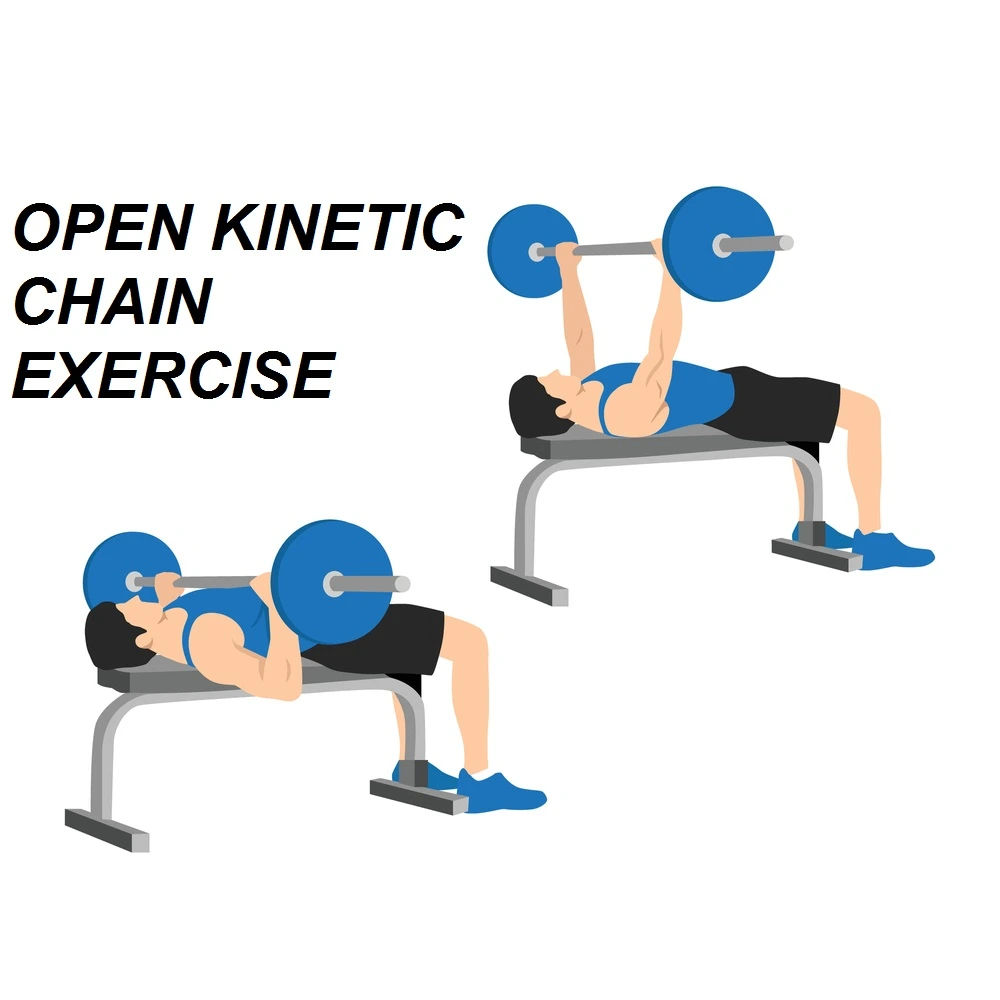
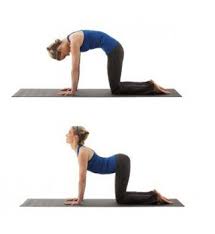


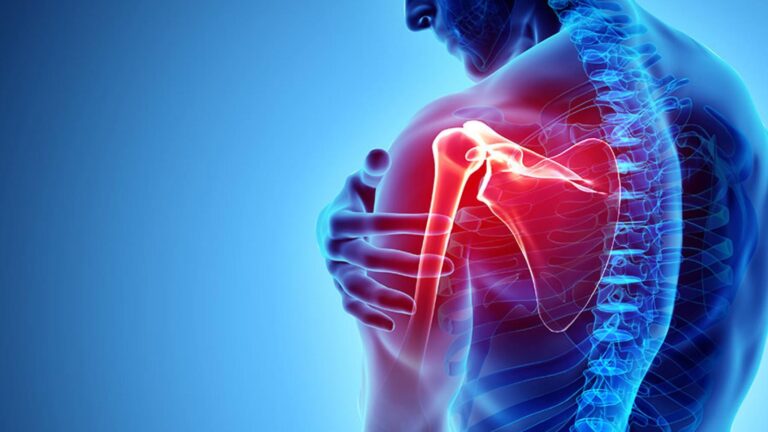
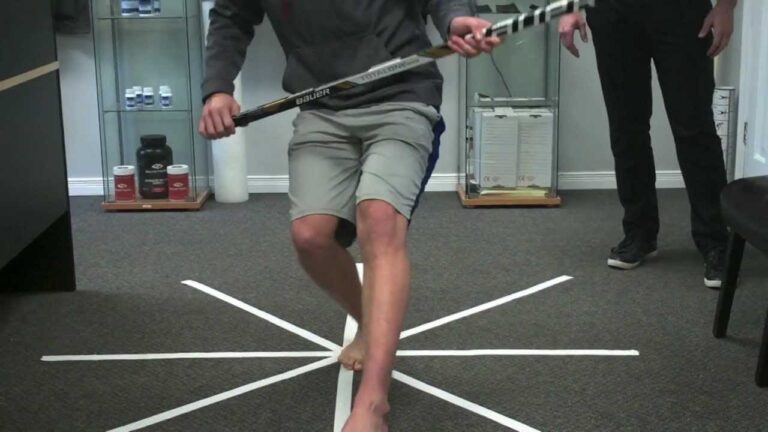
One Comment